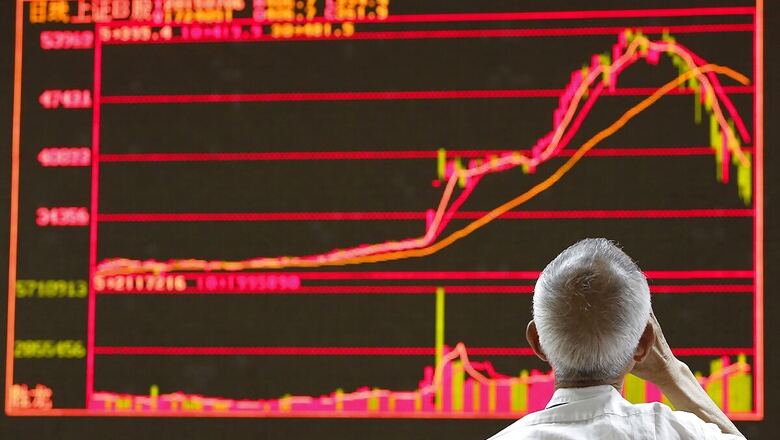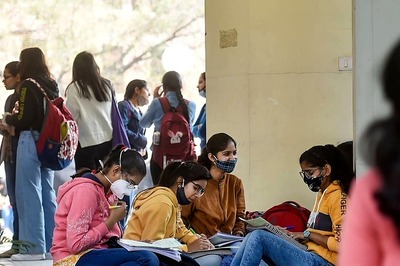
views
For the first time since May 2015, India’s bond yield curve witnessed inversion, with 364-day treasury bill cutoff yield briefly rising above that of the benchmark 10-year bond. This happened after the 364-day notes jumped to 7.48 per cent yield, the highest since October 2018.
The RBI sold 364-day notes at a 7.48 per cent yield on Wednesday, while the 10-year benchmark 7.26 per cent 2032 bond yield saw a high of 7.4728 per cent, and ended at 7.4547 per cent.
In May 2015, the 1-year note last traded above the 10-year bond.
What Are Bonds and Their Yields?
A bond is a fixed income instrument that represents a loan made by an investor to a borrower (typically corporate or governmental). Bonds are used by companies, municipalities, states, and sovereign governments to finance projects and operations. Owners of bonds are debtholders, or creditors, of the issuer, according to Investopedia. In India, 10-year government securities (G-Sec) is the benchmark bond.
Yields are the returns on bonds. For example, if a person buys a bond at Rs 5,000 at a coupon rate (or fixed interest rate) of 5 per cent per annum, he or she will get a return of Rs 250 a year. If the price of bonds falls due to any reason to Rs 4,000, the returns will become higher in percentage terms, given the same coupon rate and time period. So, bond prices and yields move in opposite directions. When bond prices go down, yields rises and vice-versa.
What is Bond Yield Curve Inversion?
Bond yield curve inversion is a condition when yields for shorter-duration bonds (let’s say 365 days) are higher than yield on longer duration (let’s say 10 years). On Wednesday, India’s 1-year government bonds witnessed their yield higher than the country’s benchmark 10-year bond.
Why Did India’s Bond Yield Curve Invert?
The inversion happened in India due to higher-than-expected cut offs on treasury bills sales, which in turn, was triggered by deficit in the liquidity in the banking system.
V K Vijayakumar, chief investment strategist at Geojit Financial Services, said, “This declining trend in liquidity and inversion of the yield curve is likely to continue for some more time.”
What Does It Mean For India?
Vijayakumar said an inversion of the bond yield curve is normally regarded as an indicator of imminent recession. But, this correlation between yield curve inversion and recession is found only in developed countries, not developing countries like India.
“This is not going to impact India’s GDP growth in FY24,” he said.
Is It Happening Only In India?
No. The developed countries, mainly the US, are facing it. On Wednesday, in the US, the yield on two-year Treasury notes touched 5.08 per cent on Wednesday, its highest level since 2007. Critically, longer-dated yields remained in check, with the 10-year rate under 4 per cent and the yield on 30-year bonds lower.
According to forex traders, rising interest rates in the US are likely to make the dollar more stronger against the rupee, and Indian imports might become costlier as a result.
Read all the Latest Business News here



















Comments
0 comment